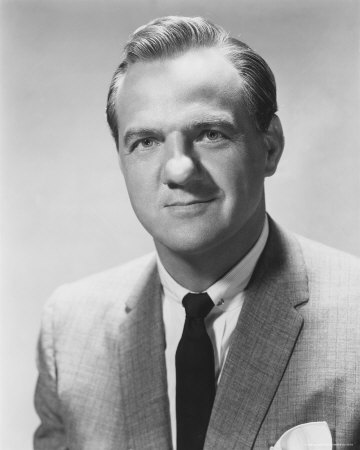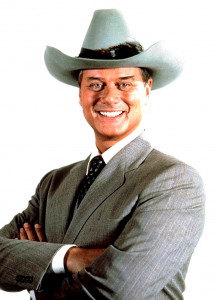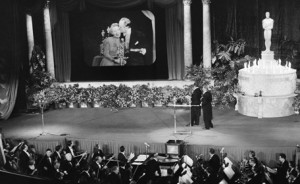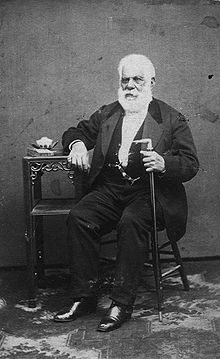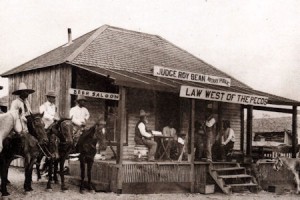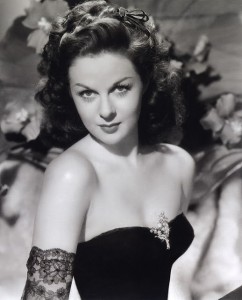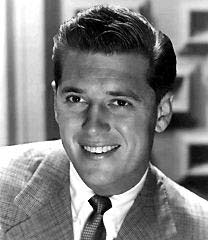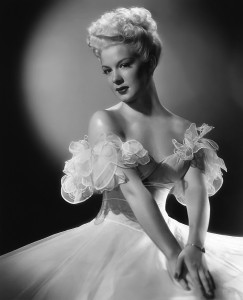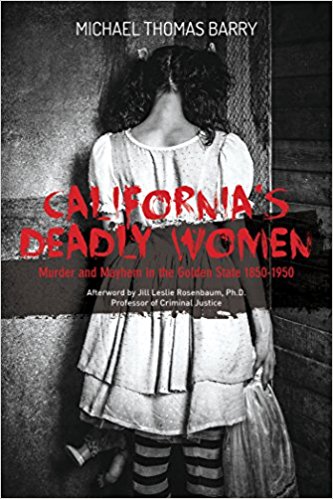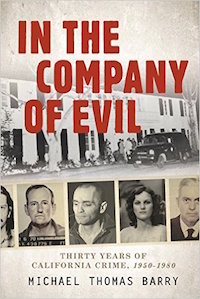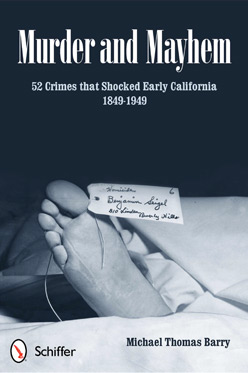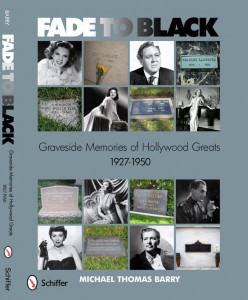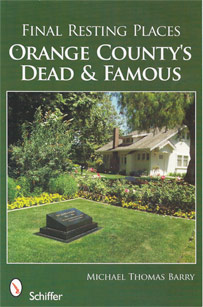03.22
Who was born on this date:
Actor Karl Malden was born Mladen George Sekulovich on March 22, 1912 in Chicago, Illinois. In a career that spanned more than seven decades, he performed in such classic films as A Street Car Named Desire, for which he won the Oscar for Best Supporting Actor; On the Water Front; and One-Eyed Jacks. Among other notable film roles were Archie Lee Meighan in Baby Doll, Zebulon Prescott in How the West was Won, and General Omar Bradley in Patton. His best-known role, though, was on television as Lt. Mike Stone on the 1970s crime drama, The Streets of San Francisco. During the 1970s and 1980s, he was also the spokesman for American Express. He died on July 1, 2009 from natural causes and is buried at Westwood Memorial Park in Los Angeles.

